Once thought to be the world's oldest, the Pyramid of Djoser in Egypt could be overtaken by structures in Peru or Indonesia.
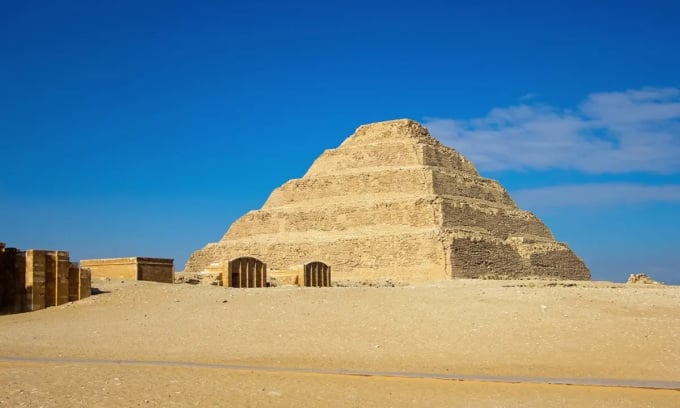
Pyramid of Djoser in Egypt. Photo: Liya Blumesser
From ancient Egypt to Mesoamerica, many of the great civilizations of the past shared a love of pyramid building. Popular tourist destinations like Giza, Egypt, and Chichen Itza, Mexico, may be the first places that come to mind when people think of pyramids, but neither is actually home to the world’s oldest pyramids.
The oldest pyramid in Egypt
A few kilometers south of the famous Great Pyramid of Giza is Egypt's oldest pyramid, Djoser. Located at Saqqara, this pyramid was built around 2630 BC to bury the pharaoh Djoser.
The Great Pyramid of Giza is the largest of the three pyramids of Giza, built for the pharaoh Khufu. Djoser, which existed about 70 years earlier, has a slightly different structure than the three triangular pyramids of Giza because it was built by stacking stone platforms on top of each other, forming a step pyramid.
The architect of this structure was the high priest Imhotep, who was also an advisor to the pharaoh Djoser. Known for his knowledge of the arts and sciences, Imhotep was made a god after his death.
For a long time, experts considered Djoser to be the world's oldest pyramid. However, more recent discoveries on the other side of the world have changed this thinking.
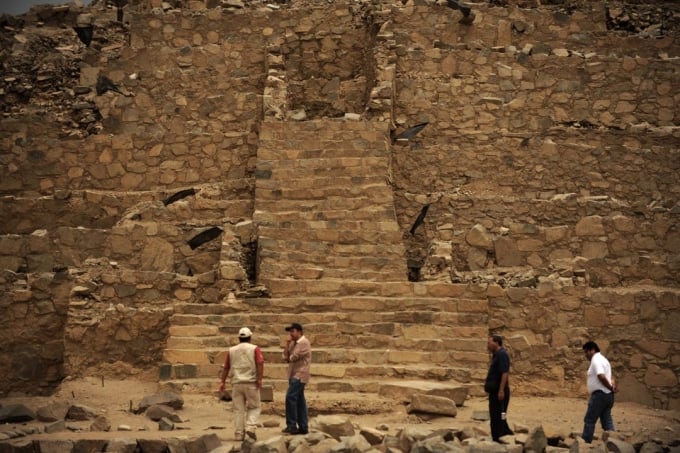
Stairs leading up to one of the pyramids at Caral. Photo: Ernesto Benavides/AFP
Peru's oldest pyramid
Pyramids were popular in ancient America, with steep-sided temples rising during the Maya, Aztec, and Inca eras. To reach the oldest pyramid in the Western Hemisphere, one must trek south from the jungles of Central America to the high deserts of Peru, where archaeologists stumbled upon a massive, ancient city called Caral in the early 20th century.
Because of the complexity of the city, scientists initially believed that Caral was built relatively recently. However, a study published in 2001 showed that this was not the case. Using radiocarbon dating to determine the age of the materials used to build Caral, the team found that the city could have been built as early as 2627 BC.
Based on this discovery, archaeologists speculate that the six pyramids here - including the giant Pyrámide pyramid - may have existed before Saqqara in Egypt. However, because the buildings at Caral cannot be precisely dated, it is difficult to confirm which ancient civilization completed its pyramid first.
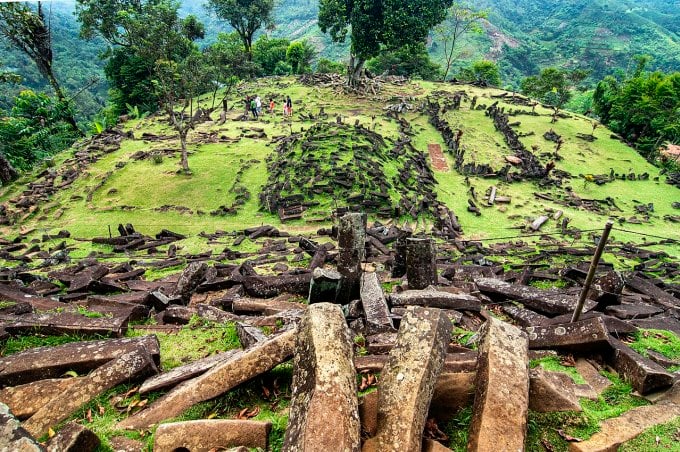
Gunung Padang structure in Indonesia. Photo: Wikimedia
Gunung Padang - Controversial Structure
For decades, archaeologists have struggled to determine whether the world's oldest pyramid is in Egypt or Peru, but another contender in Indonesia is threatening to take the title. The massive megalithic complex of Gunung Padang sits on a prominent hill, and some scholars believe it may have been man-made.
The new hypothesis, first proposed in 2018, has been controversial and has failed to convince many scientists. However, a team of archaeologists claim to have found evidence that the hill was intentionally built by humans in several stages over thousands of years.
Using ground-penetrating radar, they found traces of a foundation that was built at least 9,500 years ago, and possibly as long as 28,000 years ago. If the results are verified, Gunung Padang would become the world's oldest pyramid, far surpassing other candidates. But for now, most people think it's just a hill.
Thu Thao (According to IFL Science )
Source link



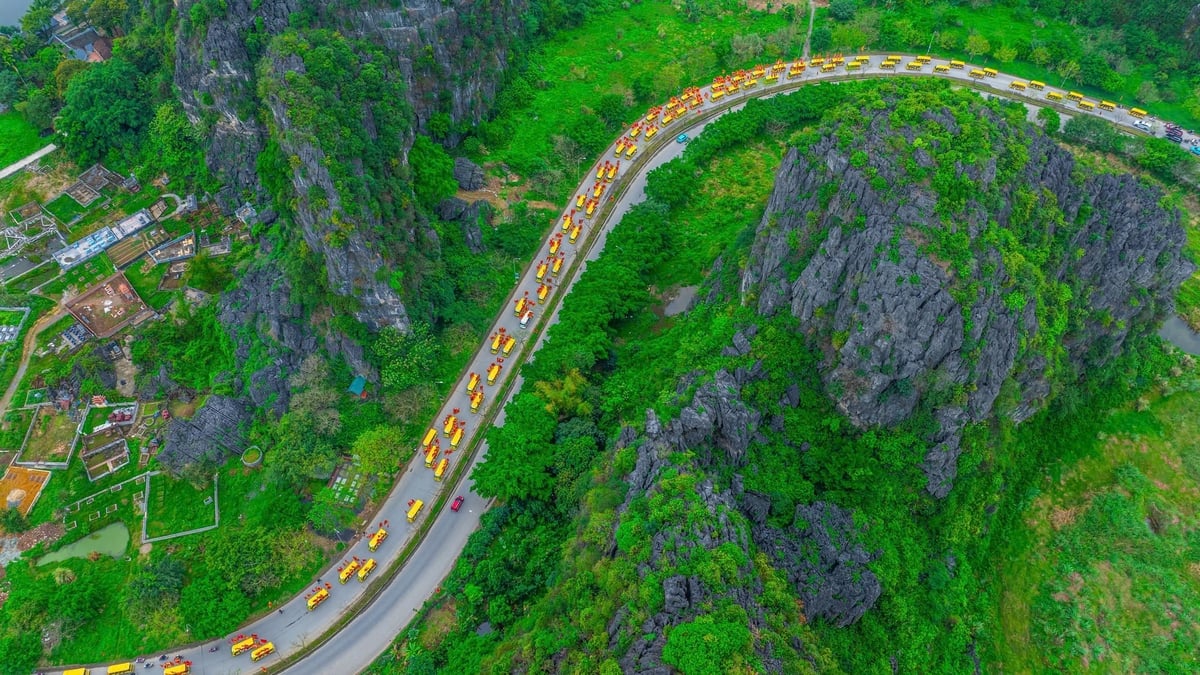
![[Photo] General Secretary To Lam meets and expresses gratitude to Vietnam's Belarusian friends](https://vphoto.vietnam.vn/thumb/1200x675/vietnam/resource/IMAGE/2025/5/11/c515ee2054c54a87aa8a7cb520f2fa6e)


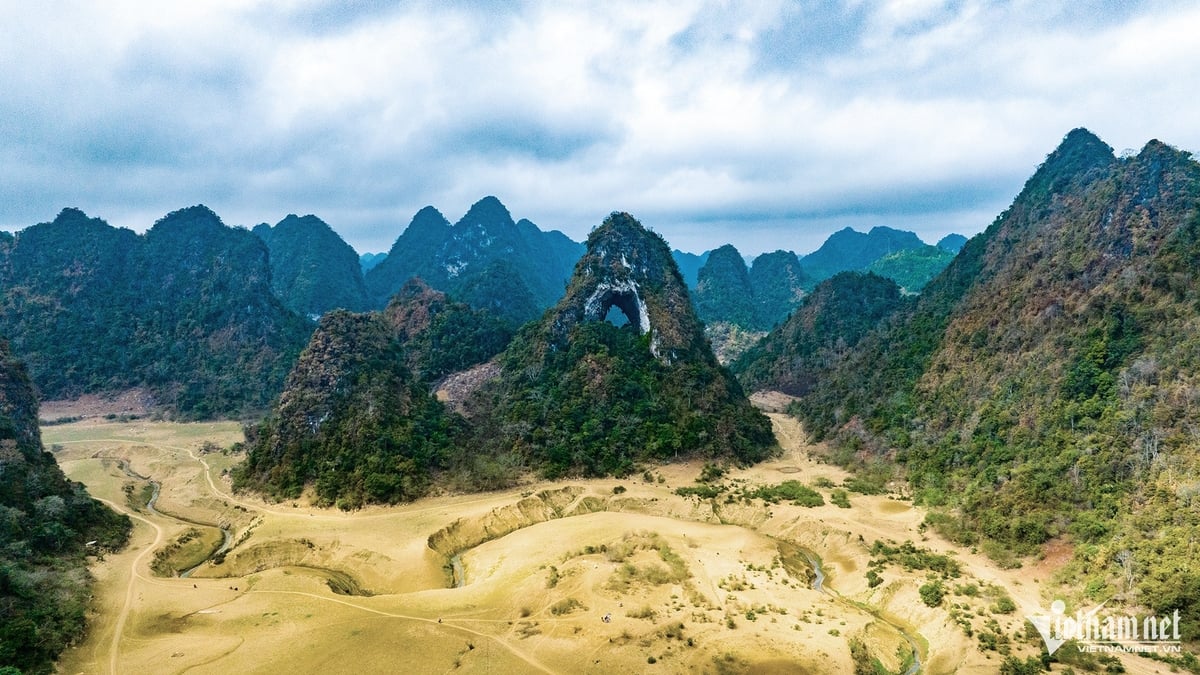







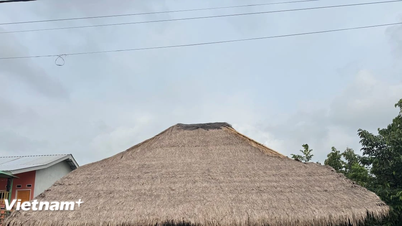




















![[Photo] General Secretary To Lam arrives in Minsk, begins state visit to Belarus](https://vphoto.vietnam.vn/thumb/1200x675/vietnam/resource/IMAGE/2025/5/11/76602f587468437f8b5b7104495f444d)
![[Photo] General Secretary To Lam concludes visit to Russia, departs for Belarus](https://vphoto.vietnam.vn/thumb/1200x675/vietnam/resource/IMAGE/2025/5/11/0acf1081a95e4b1d9886c67fdafd95ed)




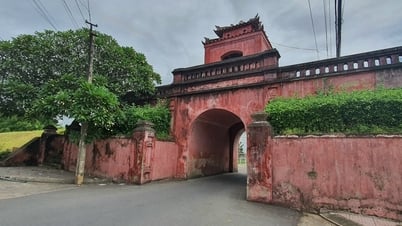



























































Comment (0)